Caesar, Morituri te salutant!
[“Caesar, Those about to die salute you.!”]
The city was becoming an important trade center. Probably in the first half of the sixth century, the Carthaginian admiral Hanno founded several colonies along the coast of what is now Morocco and proceeded to the gold river Senegal, and even reached Mount Cameroon.
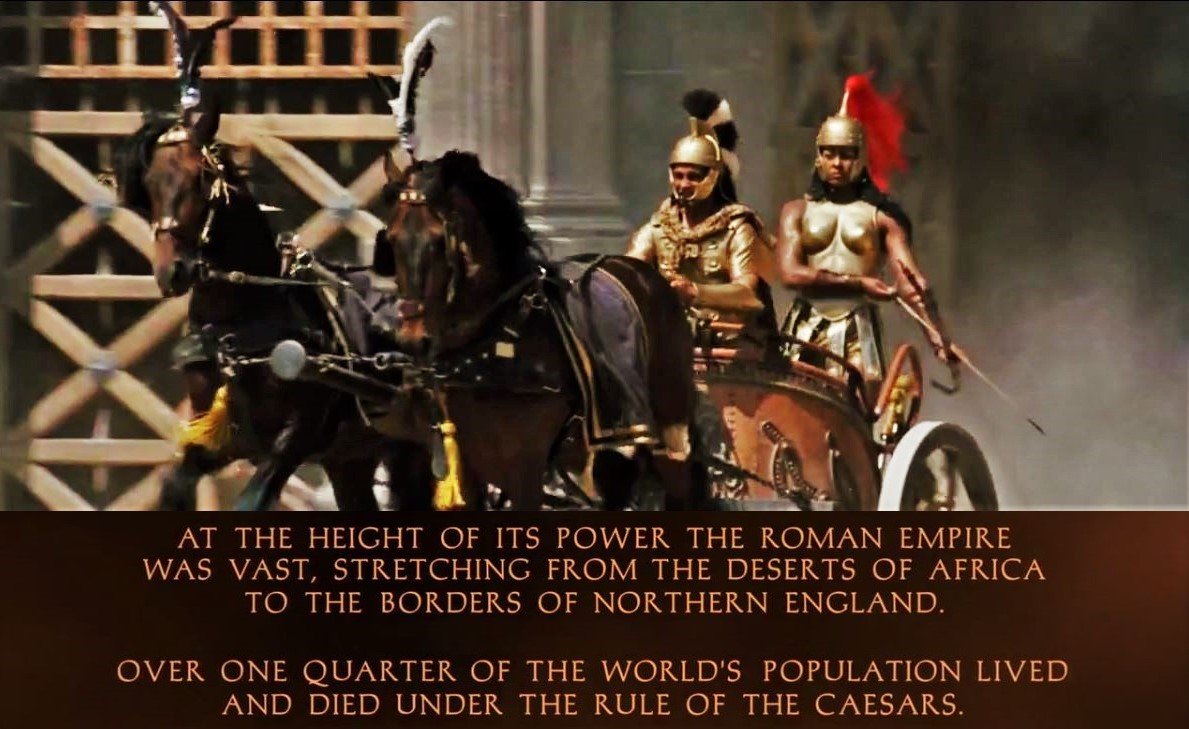
Another explorer was Himilco, who reached the British isles. There must have been other expeditions, which are not documented in our sources.
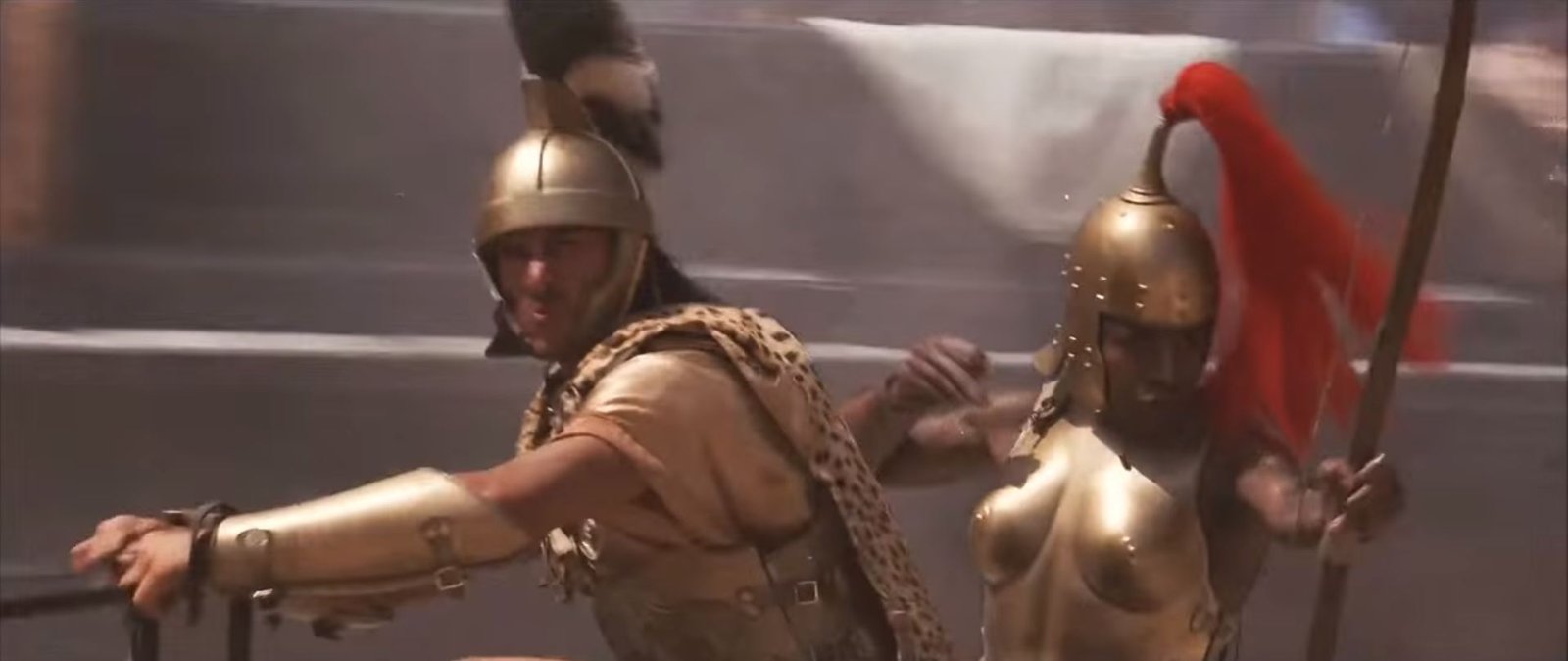
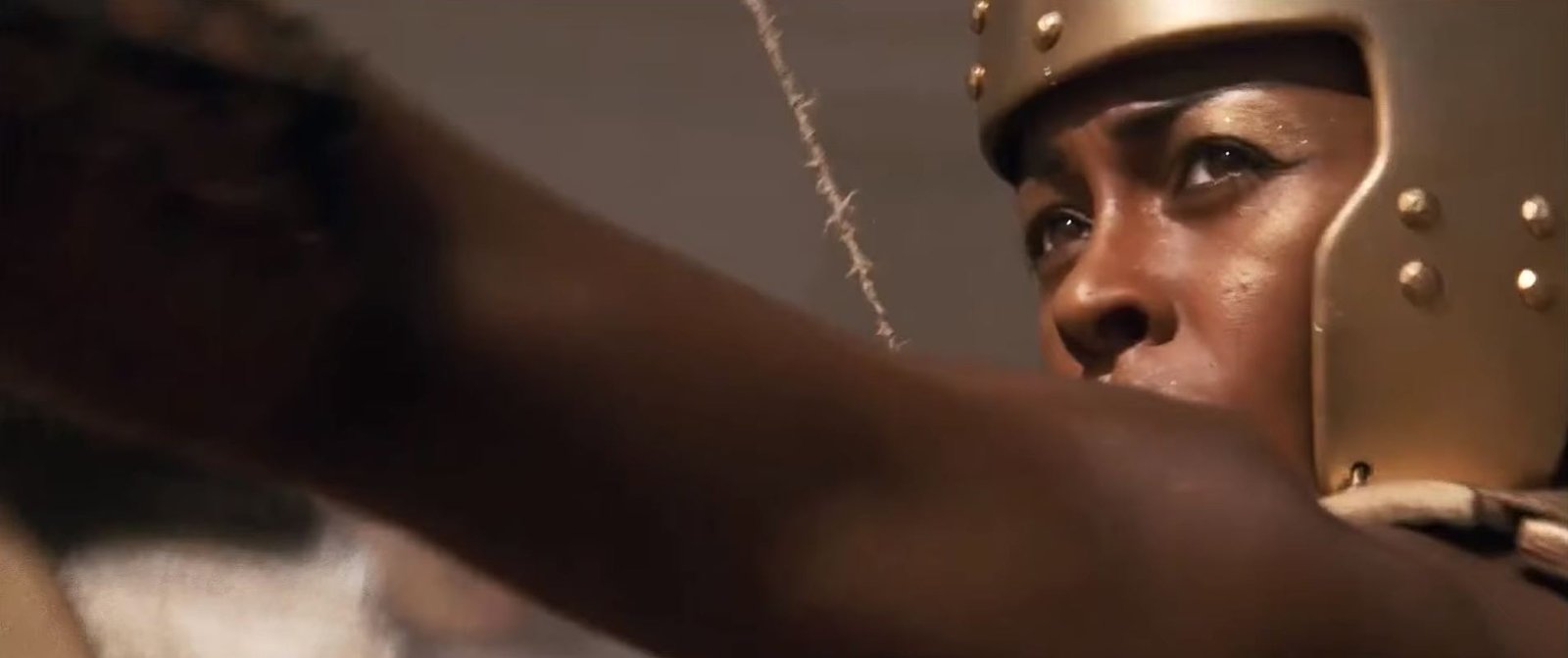
Carthage was founded as a Phoenician colony near modern Tunis. After the fall of its mother-city Tyre in 585, Carthage became the leader of the Phoenician colonies in the west and founded an informal but powerful empire, which is known for its almost perennial struggle against the Greeks of Sicily and the Romans.
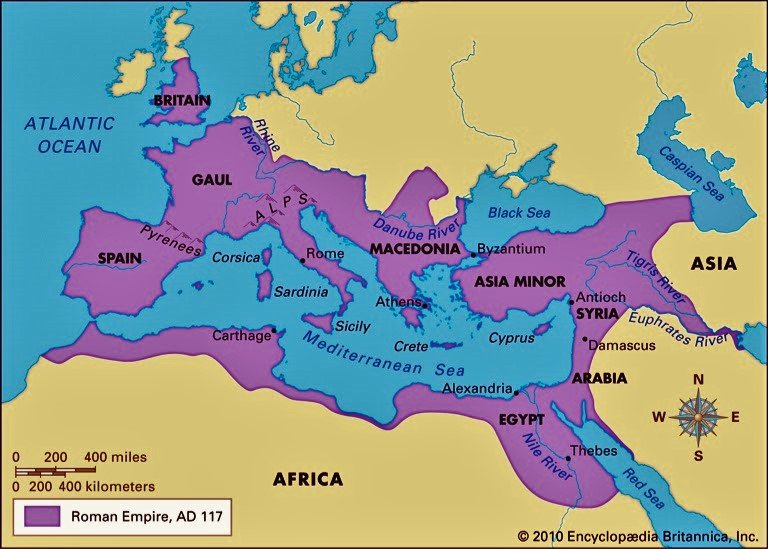
In the First Punic War (264-241; the greatest war in Antiquity), the Carthaginians lost Sicily to the Romans, and although their general Hannibal Barca tried to reverse the situation in a Second Punic War, the decline had already started. The Romans sacked Carthage in 146 after a Third Punic War, but later, they refounded the city, which again became prosperous.
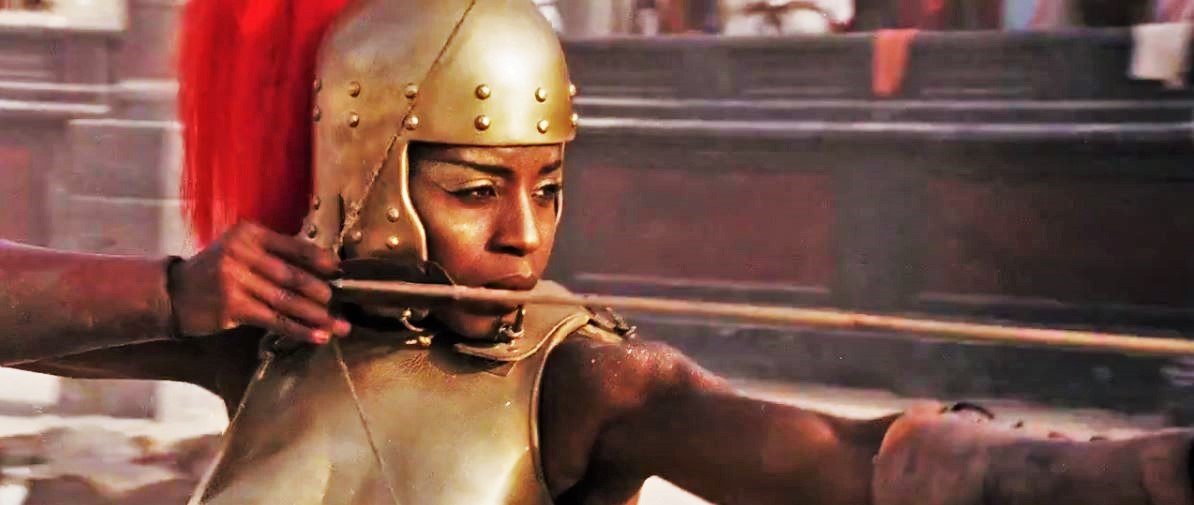
The first settlers were people from Tyre in Phoenicia. According to legend (text), their leader was a princess named Elissa, who was forced to flee from Tyre after her brother, king Pygmalion, had killed her husband. After founding Carthage, she committed suicide to prevent a war against the native population. The story may contain some reliable information, although it is more likely that the founders of Carthage were merchants and farmers – not refugees.
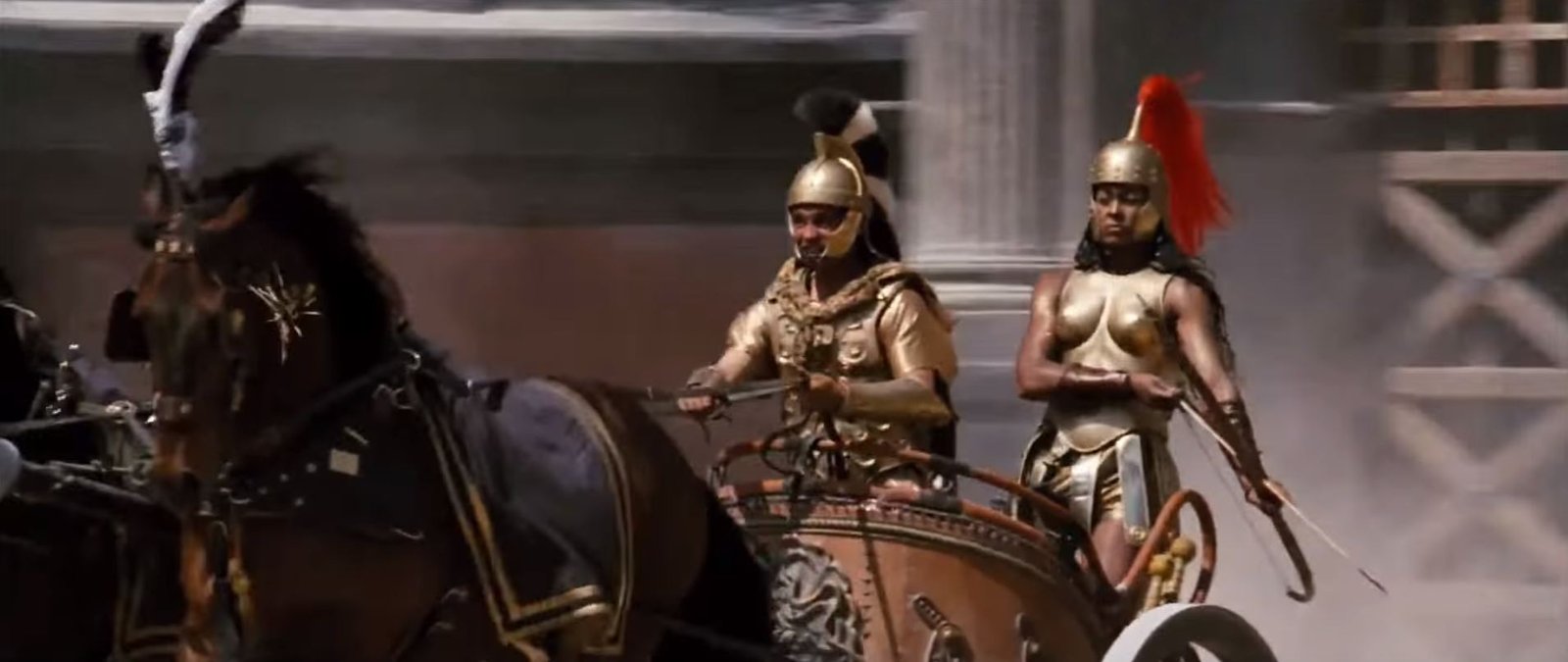
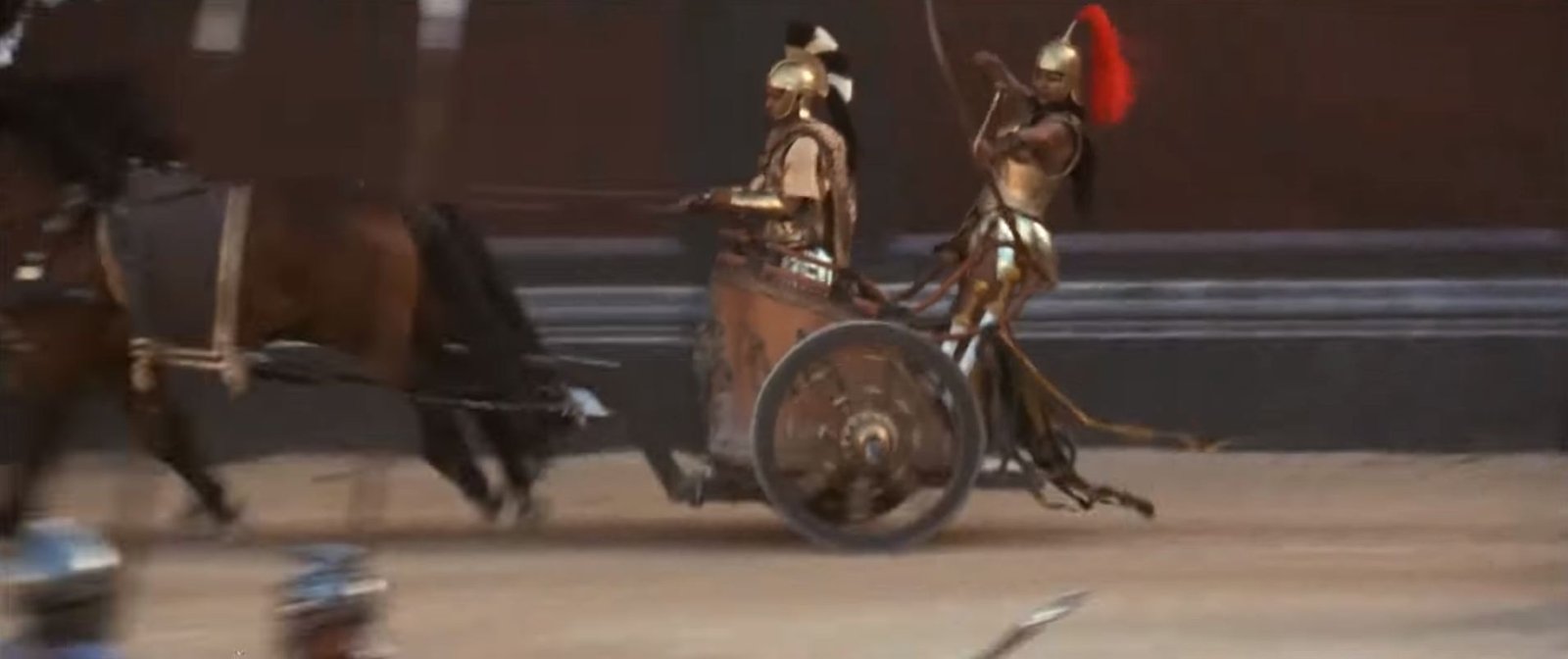
On the other hand, the idea that the powerful city was founded by a woman is too unusual to be a mere invention. However this may be, the settlers founded the city on a marvelous place, where it controlled trade between the eastern and western parts of the Mediterranean, and had access to good agricultural resources.
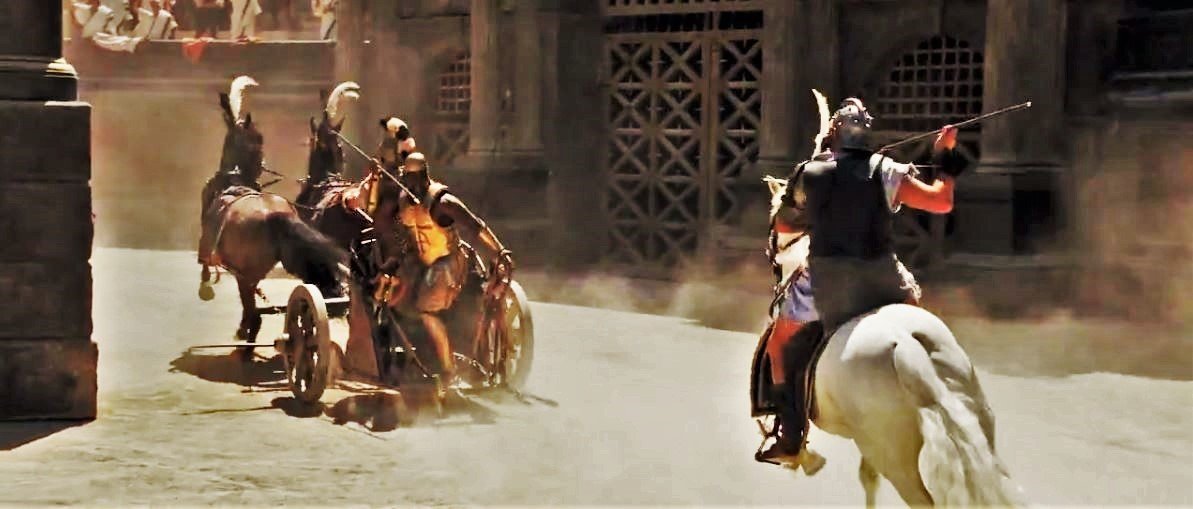
Gladiator (2000) Barbarian Horde Battle Scene
Gladiator is a 2000 British-American epic historical drama film directed by Ridley Scott.
The film is loosely based on real events that occurred within the Roman Empire in the latter half of the 2nd century AD. As Ridley Scott wanted to portray Roman culture more accurately than in any previous film, he hired several historians as advisers.
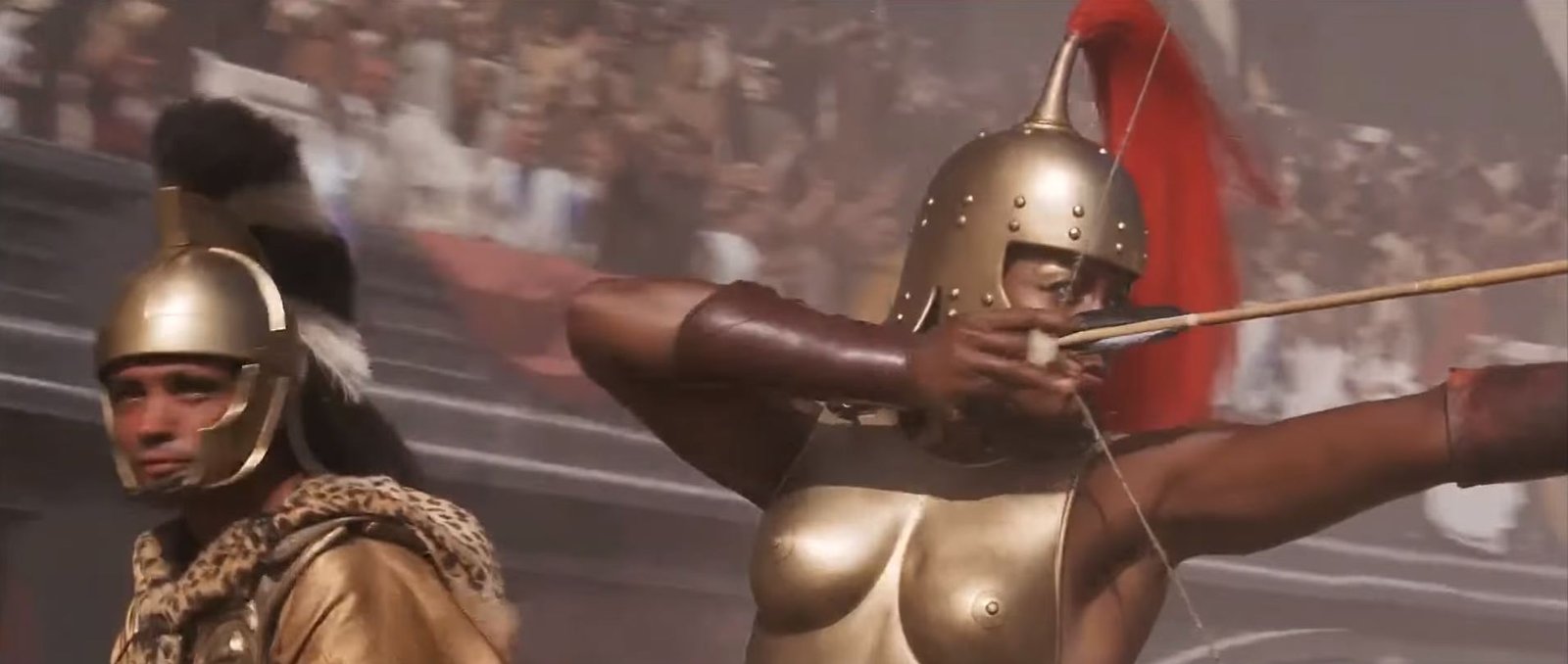
Nevertheless, some deviations from historical fact were made to increase interest, maintain narrative continuity, and for practical or safety reasons. Scott also stated that due to the influence of previous films affecting the public perception of what ancient Rome was like, some historical facts were “too unbelievable” to include. For instance in an early version of the script, gladiators would have been carrying out product endorsements in the arena; while this would have been historically accurate, it was not filmed for fear that audiences would think it anachronistic.
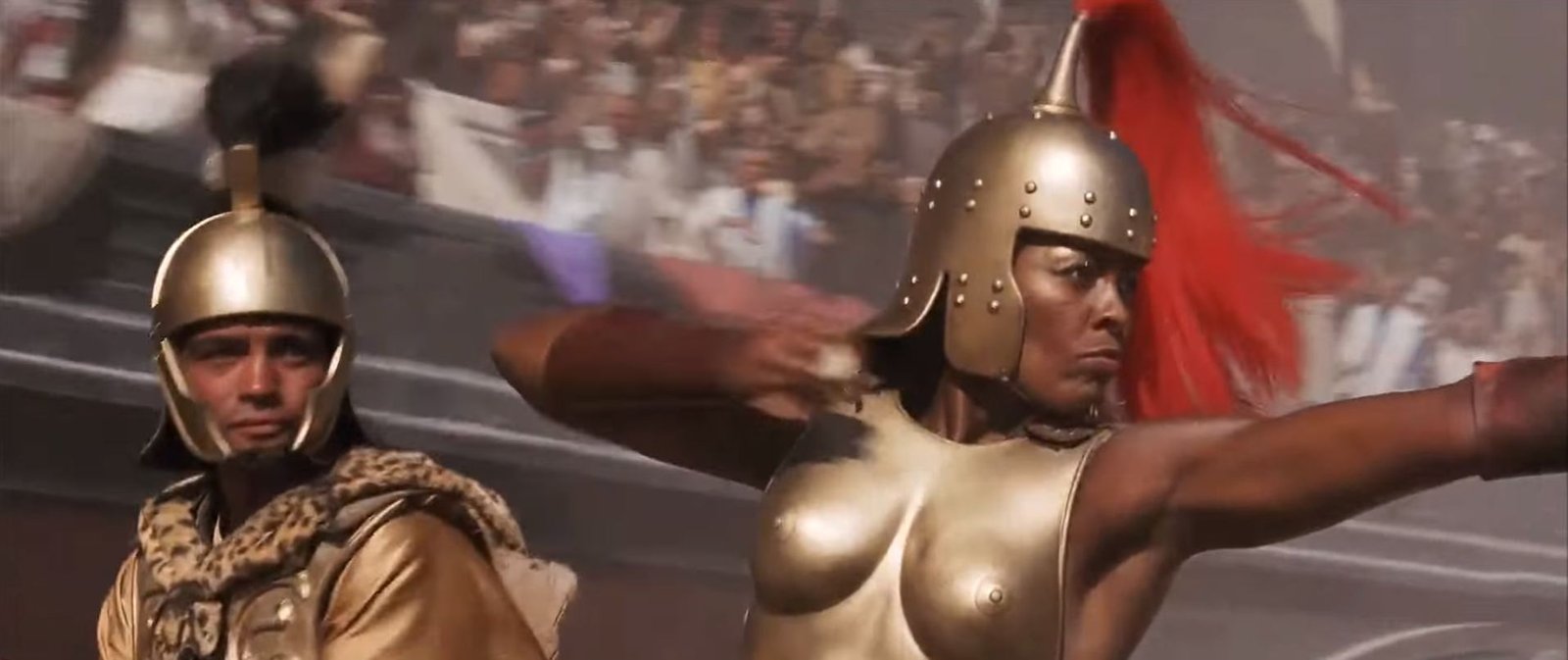
At least one historical advisor resigned due to these changes. Another asked not to be mentioned in the credits (though it was stated in the director’s commentary that he constantly asked, “where is the proof that certain things were exactly like they say?”).
Thanks for sharing!
In c.575, the Babylonian king Nebuchadnezzar captured Tyre, which now lost its independence and was no longer able to send reinforcements to Phoenician colonies if they needed them. The settlers had to look elsewhere if they needed help, and Carthage became the leader of a more or less informal empire, based on a shared ethnic sentiment and commercial interests. It consisted of many cities, all situated on the coast. In the east and northeast, it bordered on the Greek possessions in the Cyrenaica and on Sicily; in the north, Carthage controlled the coasts of Sardinia and Corsica, and in the west, the ports of the Maghreb and Andalusia. It also controlled the gold trade from Senegal and the route to the mysterious “tin isles”, which may have been everywhere along the Atlantic Coast.
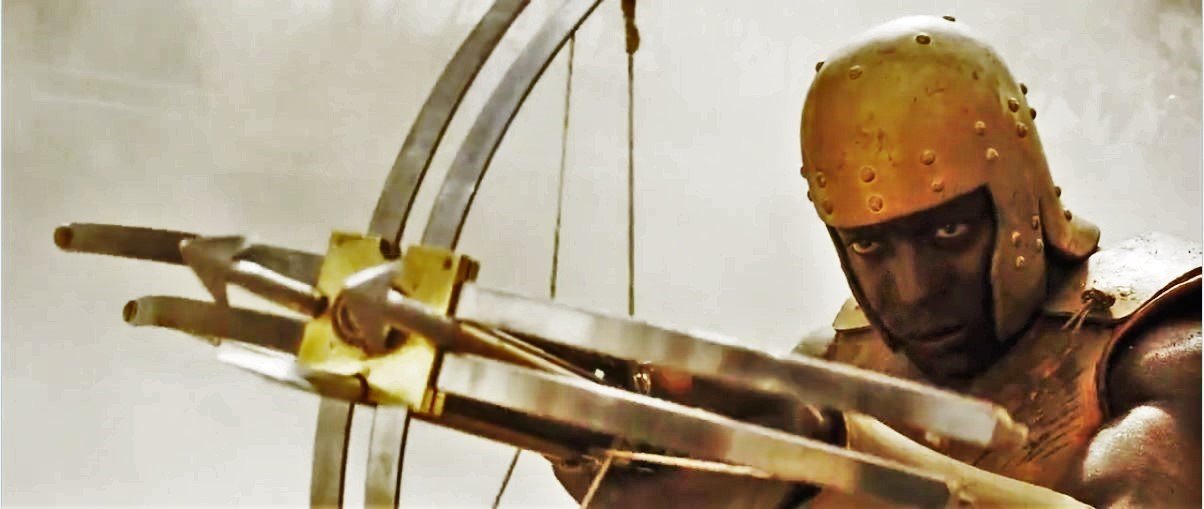
Gaius Sempronius Gracchus, a Roman tribune, founded a colonia on the site in 122. At that moment, there was still too much hatred, and the project failed – more or less. Several new citizens are recorded, but it was Julius Caesar, the dictator, who really refounded Carthage, as Colonia Junonia (44 BCE; the plan was executed after his death). Within five years, the city had been chosen as capital of the province of Africa.
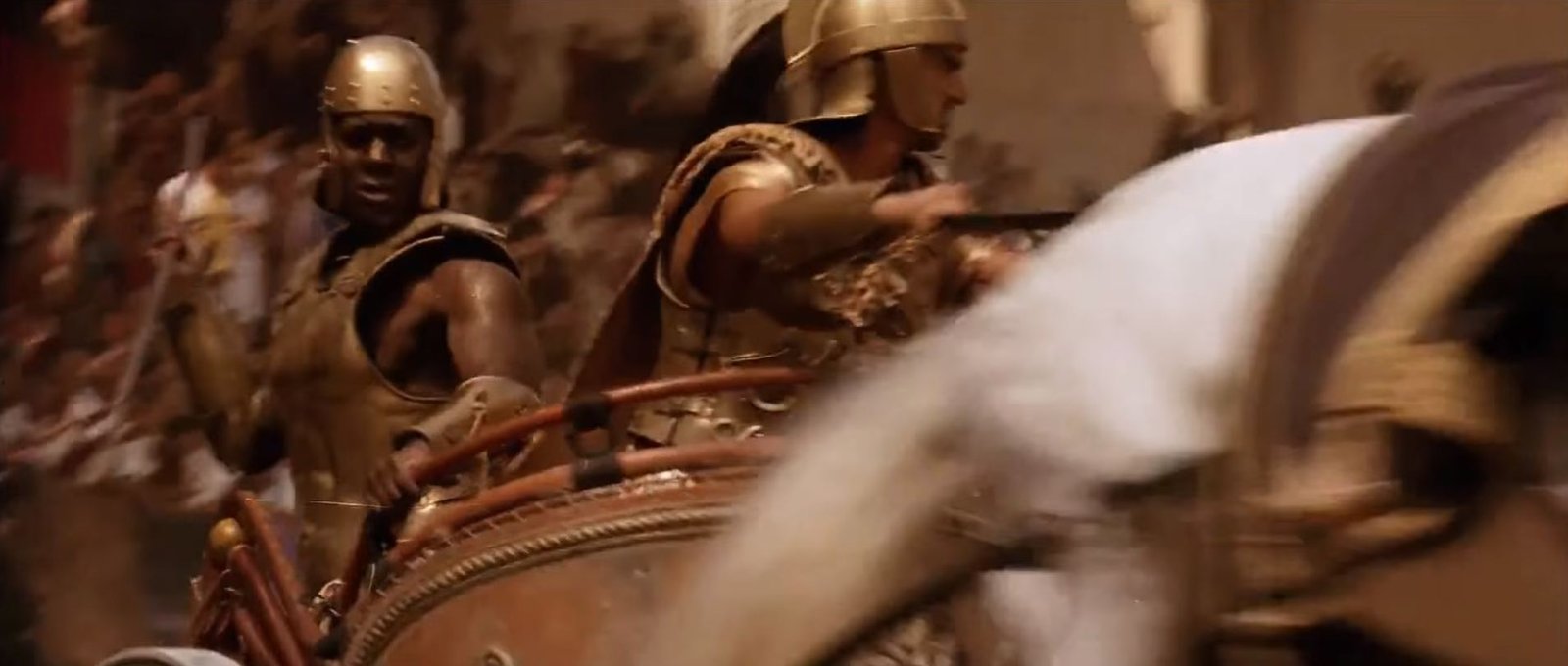
Carthage, a seaside suburb of Tunisia’s capital, Tunis, is known for its ancient archaeological sites. Founded by the Phoenicians in the first millennium B.C., it was once the seat of the powerful Carthaginian (Punic) Empire, which fell to Rome in the 2nd century B.C. Today it retains a scattered collection of ancient baths, theaters, villas and other ruins, many with sweeping views of the Gulf of Tunis.
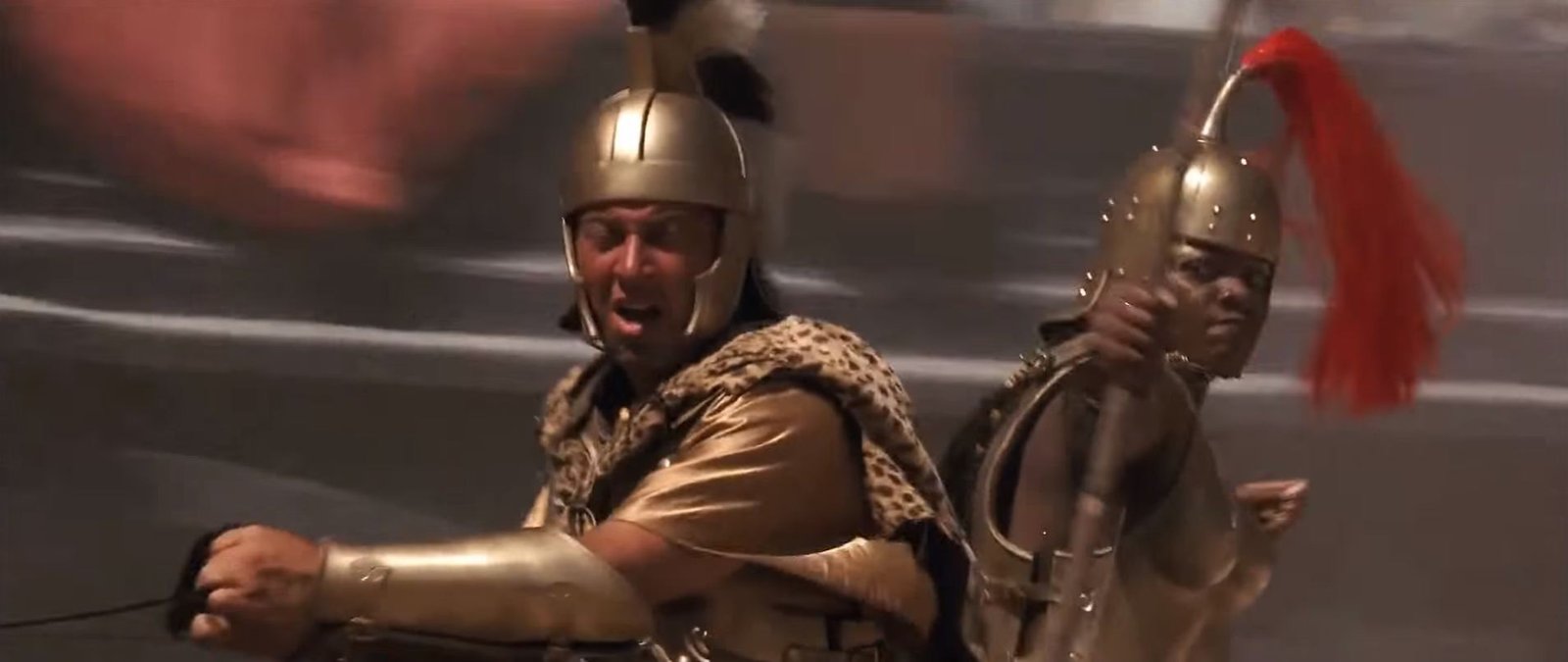
El Jem’s Colosseum
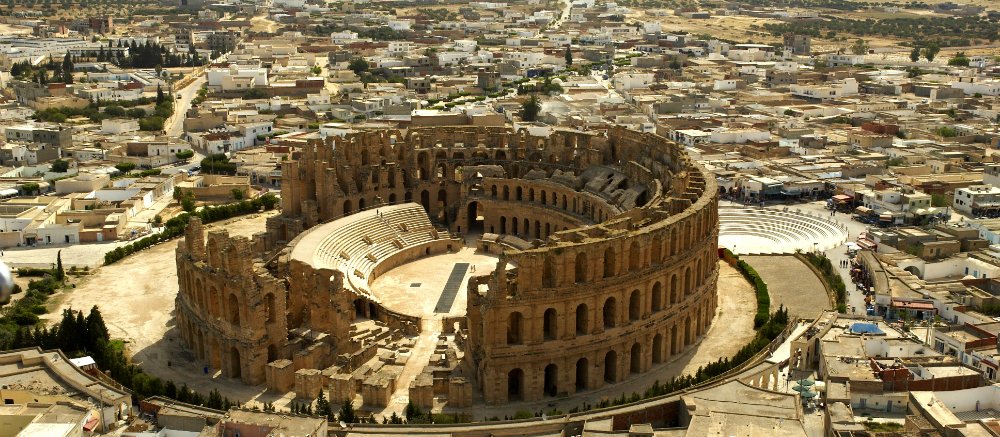


[…] African Gladiators Under Caesar’s Rule? […]